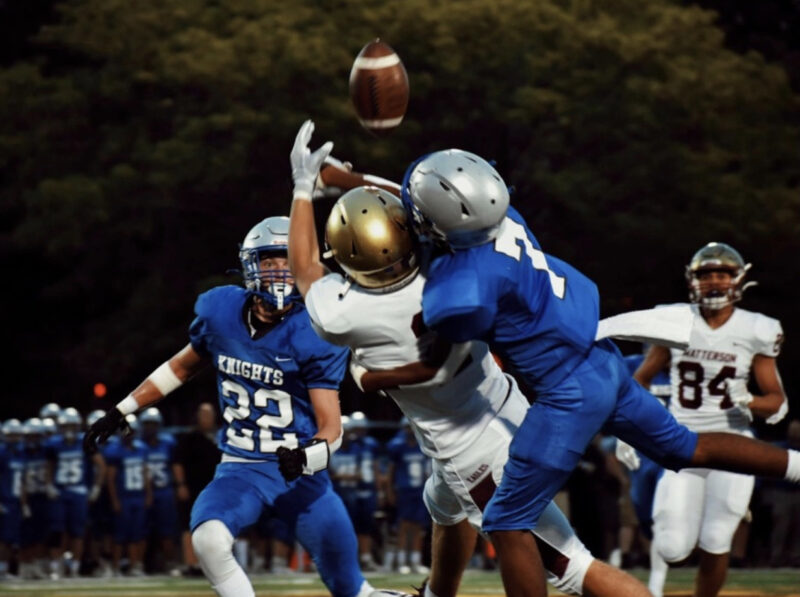
The Key Differences Between the NFL and the CFL
The NFL and CFL are two of the biggest events in the sports world, with fans eagerly awaiting their big games year after year. Whether it’s predicting the outcome of a single game or forecasting the season’s winner, sports enthusiasts everywhere are constantly trying to outguess the results. Many even turn to betting platforms to test their luck, hoping to not only predict the winners but also walk away with some winnings. Popular betting apps like Betsafe mobile are a go-to for fans looking to place bets during the game, keeping track of odds and placing live bets as the action unfolds.
One standout feature of betting apps is their live streaming services, which enhance the experience by allowing users to watch games in real time. For instance, Betsafe mobile offers live streams of both the NFL and CFL, making it one of the best options for fans wanting to engage with both leagues.
But despite their massive popularity, many wonder, “What really sets these two leagues apart?” At first glance, the NFL and CFL may seem similar, but when you dive deeper, you’ll find significant differences. From the size of the field to player salaries, the two leagues have their own unique features. Let’s explore the key differences between these two iconic football leagues.
Salaries are one of the most notable distinctions. In the NFL, players are compensated handsomely, with an average annual salary of around $2.7 million USD as of 2017, a number that’s likely grown since. In contrast, CFL players earn significantly less, with an average salary of about $80,000 CAD in 2021. Many CFL players even take on second jobs during the off-season to make ends meet. The pay disparity is even more pronounced at the top: In 2022, Aaron Rodgers of the NFL was set to earn $50.3 million, while the highest-paid CFL player, Zach Collaros, earned $550,000 for the 2022 season. Due to the higher pay and fame, many CFL players eventually make the jump to the NFL in search of better financial opportunities.

The field sizes of the NFL and CFL also differ significantly. The NFL field measures 100 by 53 1/3 yards, while the CFL field is larger, at 110 by 65 yards. In terms of the midfield line, the NFL’s is positioned at the 50-yard mark, while the CFL’s is at the 55-yard line. Additionally, the CFL has deeper end zones, stretching 20 yards compared to the NFL’s 10-yard end zones. This leads to a total field length of 120 yards in the NFL and 150 yards in the CFL. The larger field in the CFL, combined with fewer downs, results in a more pass-heavy offense, whereas the NFL tends to have a more balanced approach between passing and running.
When it comes to the number of players, the NFL has 22 players on the field—11 per team—while the CFL features 24 players, with 12 on each team. Both leagues require seven offensive players to be on the line of scrimmage, which means the 12th player in the CFL typically occupies a backfield position. This leads to the tight end position being less common in the CFL, with teams favoring two slotbacks instead. Defensively, the CFL has two halfbacks and a safety, while the NFL has two safety positions: free safety and strong safety.
Another key difference is the number of downs each team is allowed. The NFL grants four downs to advance 10 yards, while the CFL only gives three downs. Some CFL fans argue that this creates a faster-paced and more exciting game. Furthermore, in the CFL, the defense is required to be one yard away from the line of scrimmage, unlike the NFL where the defense can be on the line. This rule gives the offense more space to maneuver, making running plays more effective in the CFL. Combined with the larger field and fewer downs, this setup creates a dynamic that can give the offense an advantage, while the defense faces greater challenges.

The time rules and timeouts also differ between the NFL and CFL. The NFL allows three timeouts per half and provides a two-minute warning at the end of each half. In contrast, the CFL only permits two timeouts per game and allows one timeout during the three-minute warning in the second half. Both leagues stop the clock automatically after each play during the two and three-minute warnings, without charging a timeout. Additionally, the play clock varies, with the CFL allowing 20 seconds for the offense to snap the ball after a play, while the NFL provides 40 seconds.
When it comes to scoring, the system is largely similar in both leagues. A safety is worth two points, a field goal is worth three points, a touchdown is worth six points, and an extra point kick adds one point. However, the CFL has a unique scoring play called the “rouge,” worth one point. This occurs when the kicking team misses a field goal or punts the ball, and the receiving team fails to return it out of their end zone, awarding the kicking team one point. This rule does not exist in the NFL.
Source: https://www.americanfootballinternational.com/the-top-differences-between-the-nfl-and-the-cfl/
